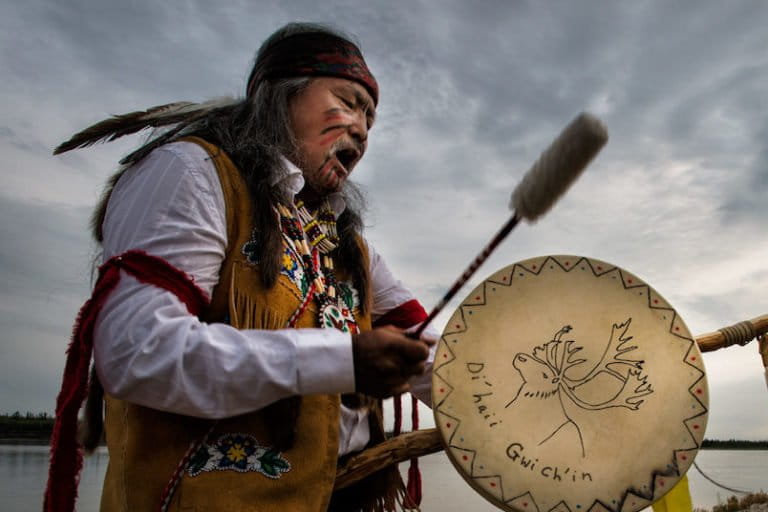- WildSpeak 2017 will gather some of the world’s leading conservation photographers, filmmakers, and scientists in Washington, D.C. to explore the role of visual media in improving science communication and conservation outcomes on November 14 and 15.
- The annual event is hosted by the International League of Conservation Photographers (ILCP).
- ILCP’s new director Susan Norton shares some incredible images made by ILCP fellows and some thoughts about what’s exciting about this year’s event and the conservation photography field generally.
Next week, a two-day symposium of the International League of Conservation Photographers (ILCP) called WildSpeak will gather some of the world’s leading conservation photographers, filmmakers, and scientists in Washington, D.C. to explore the role of visual media in improving science communication and conservation outcomes. ILCP’s new executive director Susan Norton was formerly director of the National Geographic Museum and CEO of Wildscreen USA, and serves on the boards of the Smithsonian Center for Folklife and Cultural Heritage, the National Cherry Blossom Festival, and Destination DC. Mongabay caught up with her to find out what’s notable about this year’s event scheduled for November 14 and 15.
AN INTERVIEW WITH SUSAN NORTON
Mongabay: What are you looking forward to at WildSpeak 2017?
Susan Norton: We are so happy that the WildSpeak 2017 program will be showcasing the work of fellows from around the world – Australia, Russia, France, Dominican Republic, Ecuador, Canada and the U.S. These fellows will be presenting on their important conservation photography and film projects. We have two special panels that we feel are particularly timely and important; these feature photographers, filmmakers, writers and publishers. The themes of the panels are “Empathy with Nature” and “Public Lands.”
Conservation International is bringing two virtual reality pieces that they have created, working with ILCP Fellows, “Valen’s Reef” and “Under the Canopy.” We know these will be a great experience for our attendees. Nikon, our lead sponsor, will once again be offering free camera cleaning services.
While photographers will certainly find the programming informative and interesting, the wide range of topics being covered by the presenters at WildSpeak will appeal to anyone interested in conservation, photography, environmental issues and the heath of our planet and all its inhabitants.








Mongabay: Do you have favorite examples of powerful impacts from conservation photography?
Susan Norton: ILCP has a long history of planning photography expeditions that involve fellows and NGOs. The purpose is to document a part of the world that is biodiversity-rich, often with conservation challenges. In 2009, a team of ILCP Fellows participated in a Borderlands Photography Expedition documenting the wildlife and environment along the Mexico/U.S. border.
The announced plan for a border wall by the current administration has given us the opportunity to share the images from this project with a broader audience in order to increase awareness for, and appreciation of, the important natural world along the border. Some of the images were used by Stephen Colbert for his [television] show. This is an example of a project that had one purpose – more a photographic survey – but that now serves a different, and more important, role.
Mongabay: Beyond photos, what kinds of image-related disciplines is your community making a difference with?
Susan Norton: We increasingly use social media to raise awareness for conservation issues. Video, audio, and text complement compelling photography and increase the appeal and effectiveness of storytelling.

Mongabay: Earlier this year you took the reins of ILCP as its director, what do you bring to it?
Susan Norton: I have been fortunate to work with many talented and dedicated photographers, filmmakers and storytellers in my previous roles. Many of these are part of ILCP – either fellows, affiliates or partners – so it is great to be able to continue those relationships and also build new ones. I have a fairly broad background — editorial, fundraising and grants, public relations and marketing, events, and exhibitions. All of these come into play at ILCP and especially as we plan the third annual WildSpeak symposium.
Learn more about WildSpeak 2017 here.
Note to editors at our partner outlets: images cannot be reproduced without permission, use the feedback form below to send a request.
FEEDBACK: Use this form to send a message to the author of this post.
